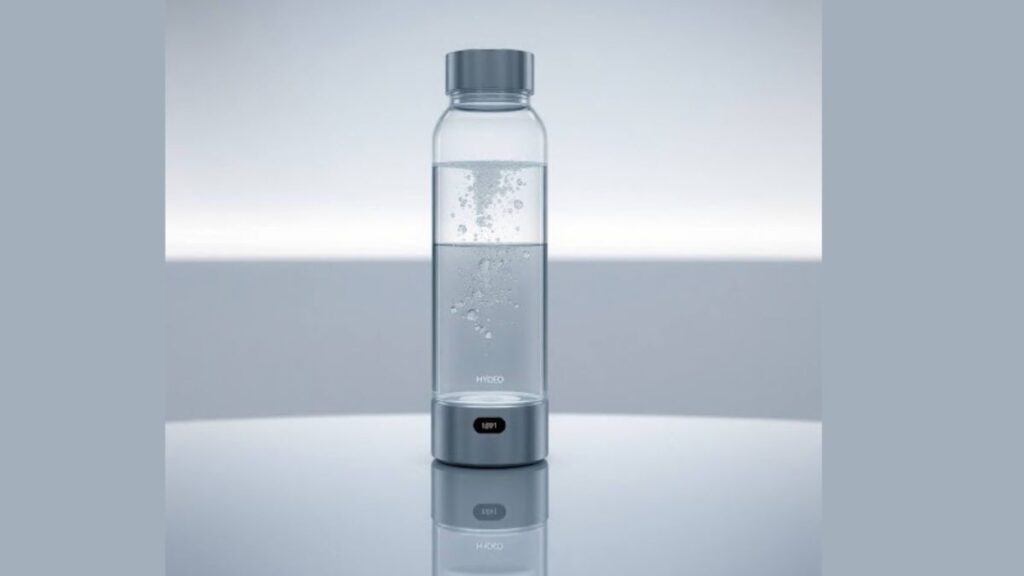SLS nylon is a top-tier choice for functional prototypes and end-use parts, but just how strong is it? If you’re weighing your 3D printing options and need a material that can withstand real-world stress, you’ve come to the right place. This guide breaks down the strength of SLS nylon in clear, practical terms, helping you decide if it’s the right fit for your project.
SLS Nylon Strength: An Overview
At its core, the strength of SLS nylon (specifically PA 12) lies in its excellent all-around mechanical properties. It strikes a unique balance between rigidity and toughness, making it incredibly versatile.
Here’s a quick look at its key strength metrics:
| Mechanical Property | Value (XZ Orientation) | What It Means |
| Tensile Strength | 48 MPa | Excellent resistance to being pulled apart. |
| Flexural Modulus | 1700 MPa | High stiffness and resistance to bending. |
| Elongation at Break | 20% | Can bend and deform significantly before fracturing. |
| Impact Strength (Izod) | 4.4 kJ/m² | Good resistance to sudden shocks and impacts. |
What Is SLS Nylon (PA 12)?
Before diving deeper into the numbers, let’s clarify what we’re talking about. SLS nylon is a thermoplastic powder, most commonly Polyamide 12 (PA 12), used in a Selective Laser Sintering (SLS) nylon powder 3D printer.
- Selective Laser Sintering (SLS): This process uses a high-powered laser to fuse small particles of nylon powder together, layer by layer, to build a solid object.
- PA 12 (Nylon 12): This specific polymer is prized for its toughness, low moisture absorption, and exceptional resistance to chemicals, making it a go-to material for demanding applications.
This combination of process and material results in parts that are not only strong but also have a slightly flexible, durable quality that other printing methods often can’t match.
Tensile Strength of SLS Nylon
The tensile strength of SLS nylon is one of its most impressive features. With values typically around 48 MPa, it outperforms most standard FDM and SLA materials.
So, what does that number actually mean? It means a part made from SLS nylon can withstand a significant pulling force before it begins to stretch, deform, or break. This is critical for parts that will be under tension, such as snap-fit enclosures, load-bearing brackets, or living hinges.
Flexural and Impact Strength
Strength isn’t just about pulling. How a material performs when bent or hit is just as important for real-world durability.
- Flexural Strength: This measures a material’s ability to resist bending. SLS nylon has a high flexural modulus (around 1700 MPa), meaning it is stiff and will hold its shape under significant loads.
- Impact Resistance: Parts often fail when they are dropped or subjected to a sudden shock. SLS nylon’s good impact resistance means it can absorb energy without cracking, making it ideal for products that will be handled frequently or used in dynamic environments.
Hardness, Thermal, and Chemical Resistance
Beyond pure strength, several other properties contribute to the overall durability of SLS nylon parts.
- Hardness: With a Shore D hardness of around 80, SLS nylon is resistant to scratches and surface indentation.
- Thermal Resistance: It has a heat deflection temperature of about 95°C (203°F), allowing it to perform well in moderately high-temperature environments without deforming.
- Chemical Resistance: PA 12 is highly resistant to a wide range of chemicals, including oils, greases, and hydraulic fluids, a key reason for its use in automotive and industrial sectors.
SLS Nylon Strength in Real Applications
The true test of a material is how it performs in the real world. Google itself has used SLS nylon for its own hardware prototyping, valuing its ability to create tough, functional parts that closely mimic final injection-molded products.
Here are a few examples:
- Automotive: Used for creating durable prototypes of air intakes, fluid reservoirs, and interior components that need to withstand vibration and chemical exposure.
- Aerospace: Ideal for manufacturing lightweight yet strong ducting, drone components, and jigs that can handle the stresses of flight and production.
- Medical: Its biocompatibility and sterilizability make it suitable for surgical guides, custom orthotics, and durable medical device housings.
Factors Influencing SLS Nylon Strength
Not all SLS nylon parts are created equal. The final strength can be influenced by several key factors:
- Print Orientation: Like wood grain, the orientation in which a part is printed affects its strength. Parts are typically strongest in the XZ and YZ planes (when the force is applied parallel to the printed layers).
- Material Blends: For even greater performance, SLS nylon can be blended with other materials. Glass-filled (PA-GF) variants offer increased stiffness and thermal resistance, while carbon-filled (PA-CF) versions provide exceptional strength and rigidity, rivaling some metals in specific applications.
- Post-Processing: While SLS parts are strong right out of the printer, post-processing steps like media tumbling or vapor smoothing can enhance the surface finish without significantly impacting the core mechanical properties.
SLS Nylon vs. Other 3D Printing Materials
How does SLS nylon stack up against other common 3D printing materials? This table gives a clear comparison of when you need the strongest 3D printer filament or resin for your job.
| Material | Technology | Typical Tensile Strength | Best For |
| SLS Nylon (PA 12) | SLS | 48 MPa | Functional parts, complex geometries, durability. |
| PLA | FDM | ~45 MPa | Rapid prototyping, visual models, low-stress parts. |
| ABS | FDM | ~30 MPa | Functional parts need some temperature resistance. |
| Standard Resin | SLA | ~40 MPa | High-detail models, visual prototypes, casting. |
If your primary need is a part that is tough, durable, and can withstand mechanical stress, SLS nylon is often the superior choice.
Is SLS Nylon Right for You?
SLS nylon offers a powerful combination of strength, flexibility, and detailed resolution that is difficult to beat. While it may have a higher initial cost than some FDM materials, its superior performance and durability make it a cost-effective solution for functional prototypes and end-use parts where failure is not an option.







